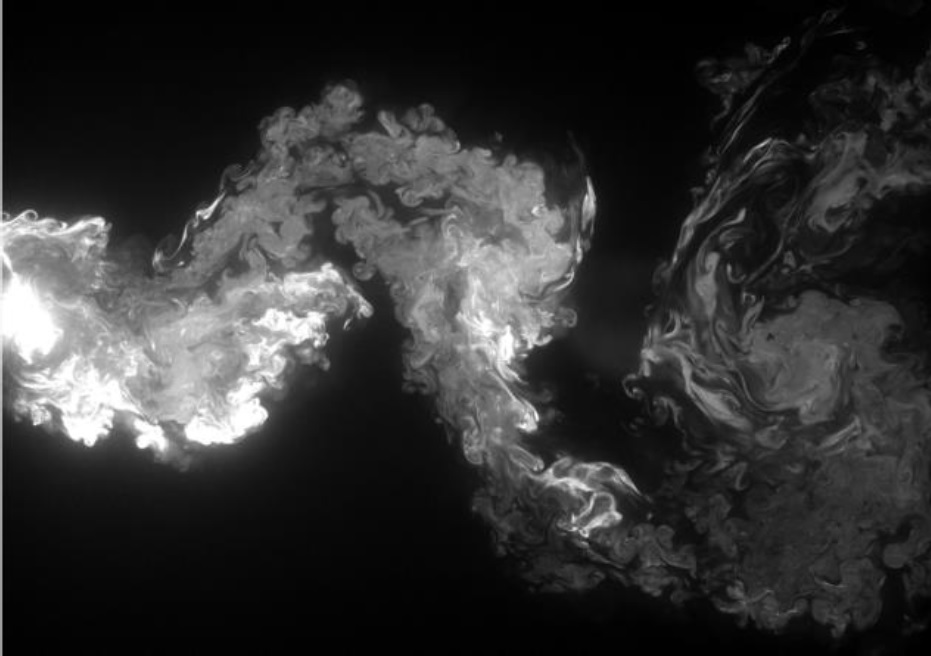Séminaire de l'axe ESA : Application of optical techniques to turbulent/turbulent entrainment

| Date | - |
| Heure | 10h00 - 12h00 |
| Adresse | 8 rue léonard de Vinci |
| Contact | |
| Lien | lien de la vidéoconférence https://teams.microsoft.com/l/meetup-join/19%3ameeting_YmU5NGU1ZWYtNTU0Yi00YzI3… |
Turbulent flows are observed to grow with distance downstream, as illustrated by the spreading of a volcanic plume. It is observed that the interfacial layer demarcating the turbulent portion of a flow and the background is extremely thin. Entrainment describes the process by which quantities such as mass/energy/vorticity are transferred from the background into the turbulent portion of the flow across this interface. Classically, entrainment has been considered from a non-turbulent (or even quiescent) background in which vorticity is only present in the turbulent portion of the flow. In such circumstances the interface is known as the turbulent/non-turbulent interface. In reality, however, the vast majority of environmental (and industrial) flows exist within a background that is itself turbulent. Entrainment from a non-turbulent background is therefore simply a special case of the more general turbulent/turbulent entrainment in which there is vorticity present on both sides of the turbulent/turbulent interface. Entrainment into a cloud is a good example of turbulent/turbulent entrainment due to the turbulent nature of the atmospheric boundary layer.
Identification of this turbulent/turbulent interface is non-trivial since vorticity magnitude thresholds, classically used to identify the turbulent/non-turbulent interface, are no longer appropriate due to the presence of vorticity on both sides of the interface. It is therefore convenient to use passive scalar to mark the primary turbulent portion of fluid for a flow developing in a turbulent background, although this scalar will only act as a faithful marker of the turbulent fluid in the limit of high Schmidt number. For practical reasons this favours the use of experimental methods to explore turbulent/turbulent entrainment at anything other than low Reynolds number. In this talk we will learn about the application of combined planar laser induced fluorescence (PLIF) and particle image velocimetry (PIV) experiments to explore turbulent/turbulent entrainment into turbulent wakes.
